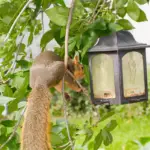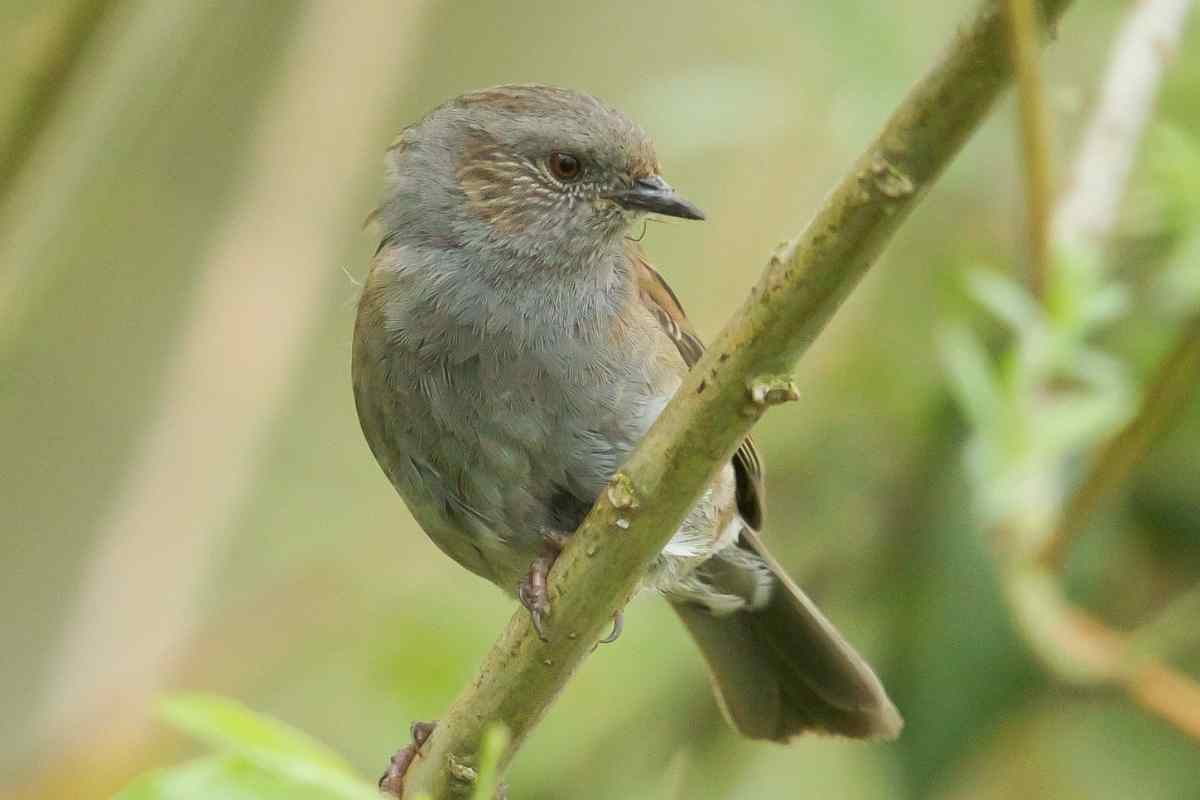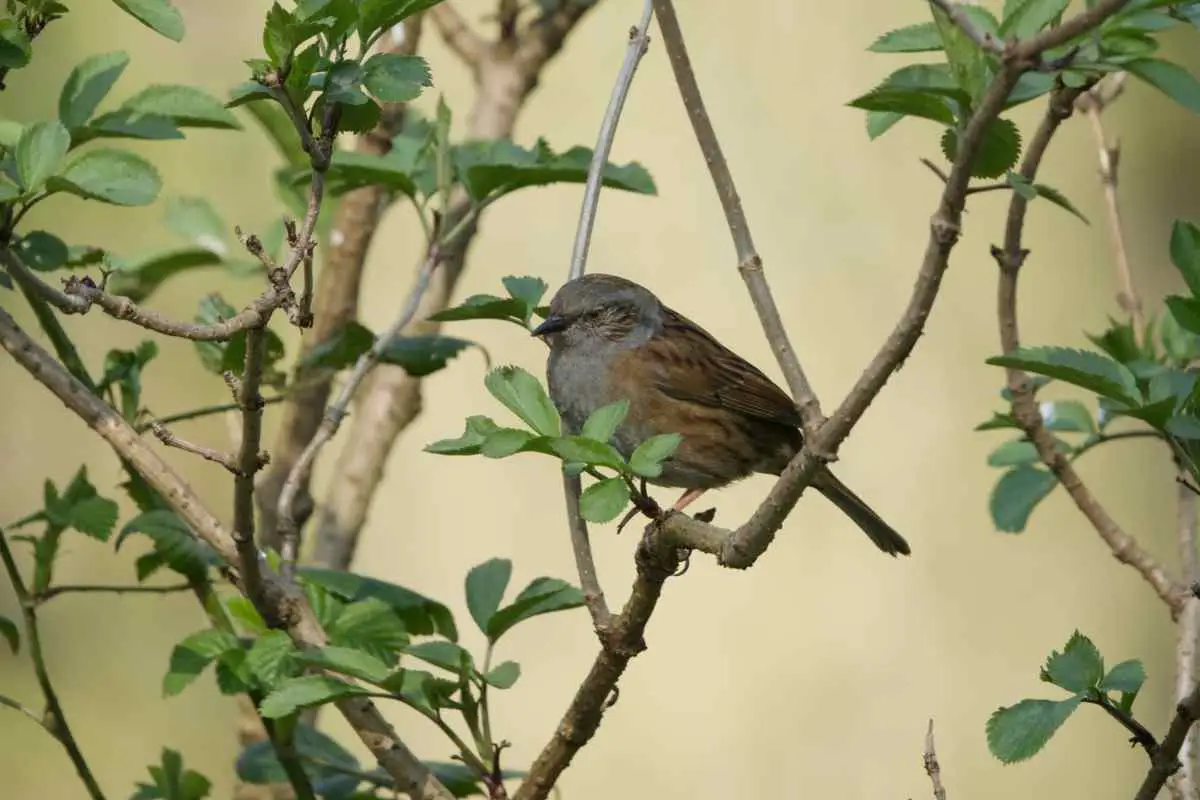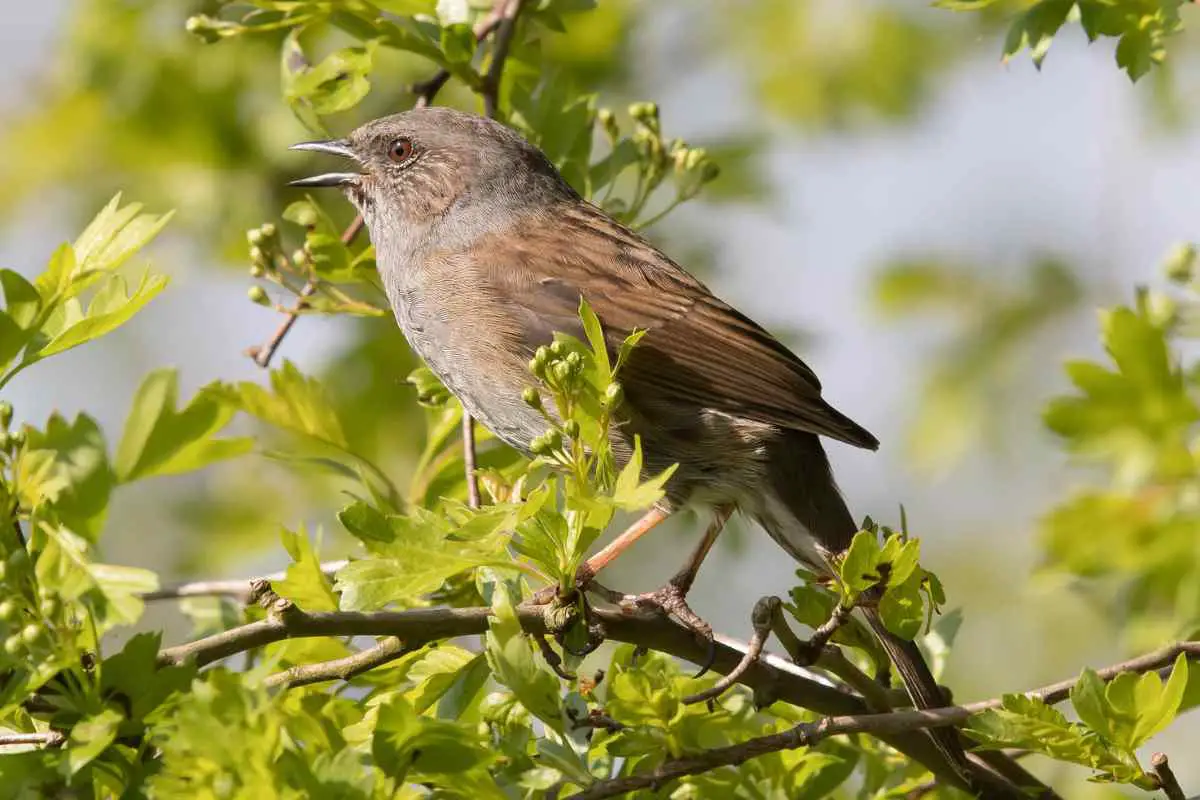Late summer is a time when many people notice a decrease in the number of squirrels in their area.
While it may seem like these furry creatures have vanished into thin air, there are actually several reasons why squirrels disappear in late summer.
One of the main reasons why squirrels disappear in late summer is that they are preparing for the winter months ahead.
Squirrels are known for their ability to store food for the winter, and they spend much of late summer and early fall gathering and hoarding nuts, seeds, and other food items.
This means that they may be less visible as they spend more time foraging and storing food in preparation for the colder months.
Another reason why squirrels may disappear in late summer is that they may be more active at dawn and dusk, when the weather is cooler.
As temperatures rise during the day, squirrels may retreat to their nests or other hiding places to avoid the heat.
This can make them less visible to humans during the day, leading to the perception that they have disappeared.
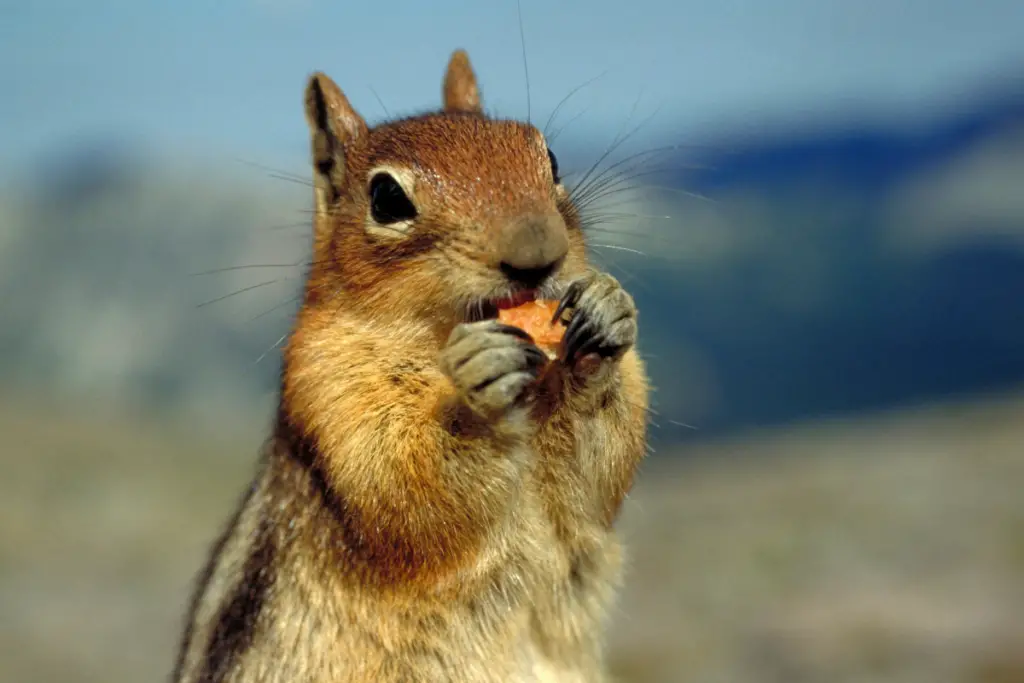
Table of Contents
Squirrel Habits
Squirrels are fascinating creatures that can be found in many parts of the world. They are known for their bushy tails, sharp claws, and their ability to climb trees with ease.
Squirrels are active during the day, and they have a variety of habits that help them survive in their environment.
In this section, we will explore the daily and seasonal habits of squirrels.
Daily Habits
Squirrels are diurnal animals, which means they are active during the day. They spend most of their time foraging for food, which includes nuts, seeds, fruits, and insects.
Squirrels have a unique ability to store food for later use. They bury their food in the ground or hide it in trees to keep it safe from other animals.
Squirrels are also territorial animals. They mark their territory by leaving scent trails and vocalizing.
They communicate with each other through a variety of vocalizations, including chirps, barks, and squeaks.
Squirrels are social animals and live in groups called drays. A dray is a group of squirrels that live in a nest made of twigs and leaves.
Seasonal Habits
Squirrels are known for their seasonal habits. In late summer, squirrels start to prepare for the winter. They gather and store food to last them through the colder months.
Squirrels are also known for their habit of hoarding food. They store food in multiple locations, which helps them survive if one of their food caches is destroyed.
In the fall, squirrels start to build their nests for the winter. They use twigs, leaves, and other materials to create a warm and cozy home. Squirrels also start to grow thicker fur to keep them warm during the winter months.
During the winter, squirrels become less active. They spend most of their time in their nests, conserving energy. Squirrels are also known for their ability to hibernate.
They enter a state of torpor, which is a deep sleep that helps them conserve energy and survive the winter.
Overall, squirrels have a variety of daily and seasonal habits that help them survive in their environment.
They are active during the day, forage for food, communicate with each other and store food for later use.
In the late summer, squirrels start to prepare for the winter by gathering and storing food, building nests, and growing thicker fur.
Late Summer Behavior
In late summer, squirrels exhibit different behavior patterns than in other seasons. This is due to a variety of factors, including changes in food sources and migration patterns.
Food Sources
During late summer, squirrels tend to rely more heavily on nuts and seeds, as these food sources become more abundant.
They may also consume fruits and vegetables, such as berries and corn. Squirrels are known to cache food for the winter months, so they may spend time gathering and storing these food sources during late summer.
Migration Patterns
While some squirrel species do migrate, most do not. However, they may still exhibit movements within their home range during late summer.
This can be due to changes in food availability or competition with other squirrels for resources.
Additionally, some squirrels may move to different areas to avoid predators or to find more suitable habitats.
It is important to note that not all squirrel species exhibit the same late summer behavior patterns.
Some may continue to exhibit similar behavior throughout the year, while others may have more distinct seasonal changes.
Additionally, factors such as climate and geographic location can also play a role in squirrel behavior during late summer.
Overall, late summer is a time of change for squirrels, as they adapt to shifting food sources and potential migration patterns.
By understanding these behavior patterns, individuals can better appreciate and coexist with these fascinating creatures.
Predators and Threats
Squirrels face a variety of threats in their natural habitats. Predators such as hawks, owls, snakes, and foxes can pose a significant danger to squirrels.
Additionally, human interaction can also play a role in the disappearance of squirrels.
Natural Threats
Squirrels are preyed upon by a variety of animals in their natural habitats.
Hawks and owls are particularly adept at capturing squirrels, as they can swoop down from above and catch them off guard.
Snakes and foxes are also known to prey on squirrels, especially young ones.
In addition to predators, squirrels also face threats from diseases and parasites. These can weaken squirrels and make them more vulnerable to predators.
Additionally, severe weather events such as hurricanes and tornadoes can also cause squirrels to disappear from an area.
Human Interaction
Human activity can also be a significant threat to squirrels. Habitat destruction and fragmentation can limit the availability of food and shelter for squirrels, making it more difficult for them to survive.
Additionally, pesticides and other chemicals used in agriculture can also harm squirrels and their habitats.
Another significant threat to squirrels is the presence of domestic cats and dogs. These pets can prey on squirrels and disrupt their natural behaviors, making it more difficult for them to survive.
Finally, hunting and trapping can also contribute to the disappearance of squirrels from an area.
Overall, squirrels face a variety of threats in their natural habitats. Predators, diseases, and human activity can all play a role in the disappearance of squirrels.
It is important for individuals to be aware of these threats and take steps to protect squirrels and their habitats.
Conclusion
In summary, there are several reasons why squirrels may disappear in late summer. It could be due to seasonal migration, predator threats, disease and illness, or human intervention.
Squirrels may also disappear during this time of year due to childbearing, as female squirrels take care of their babies for three months by themselves after giving birth.
It is important to understand the habitat of squirrels and check for predators and food sources in the area.
Loss of habitat or deforestation can lead to squirrels disappearing, while predators like cats, dogs, hawks, and owls may attack and kill squirrels.
Checking for food sources can also help determine why squirrels may be leaving the area.
If you are concerned about a squirrel infestation in your area, it is best to contact a professional for advice and guidance.
Additionally, taking preventative measures such as sealing entry points to your home or property can help prevent squirrels from nesting in unwanted areas.
Overall, understanding the reasons why squirrels may disappear in late summer can help individuals take appropriate actions to protect themselves and the squirrels in their area.
- How to Build a Planter Box for Bamboo: A Step-by-Step Guide

- Can Robotic Lawnmowers Handle Steep Slopes?

- Do You Need a Specific Lawn for a Robotic Lawnmower? Expert Advice

- Are Robotic Lawnmowers Safe for Pets and Children? Safety Features of Robotic Lawnmowers

- Why Use Robotic Lawnmowers? Advantages of Using a Robotic Lawnmower

- Is the GARDENA SILENO City 300 Cordless or Corded? A Clear Answer











